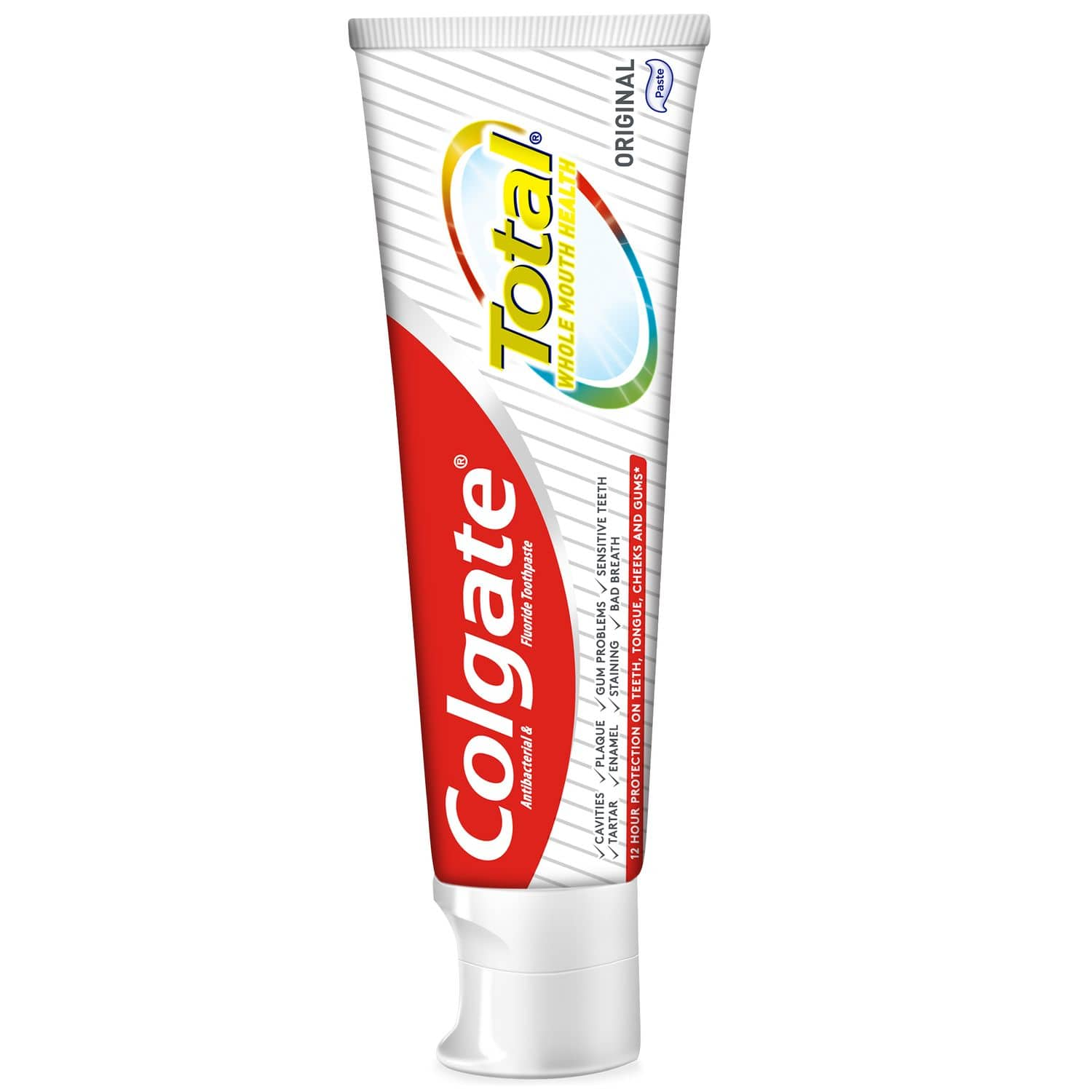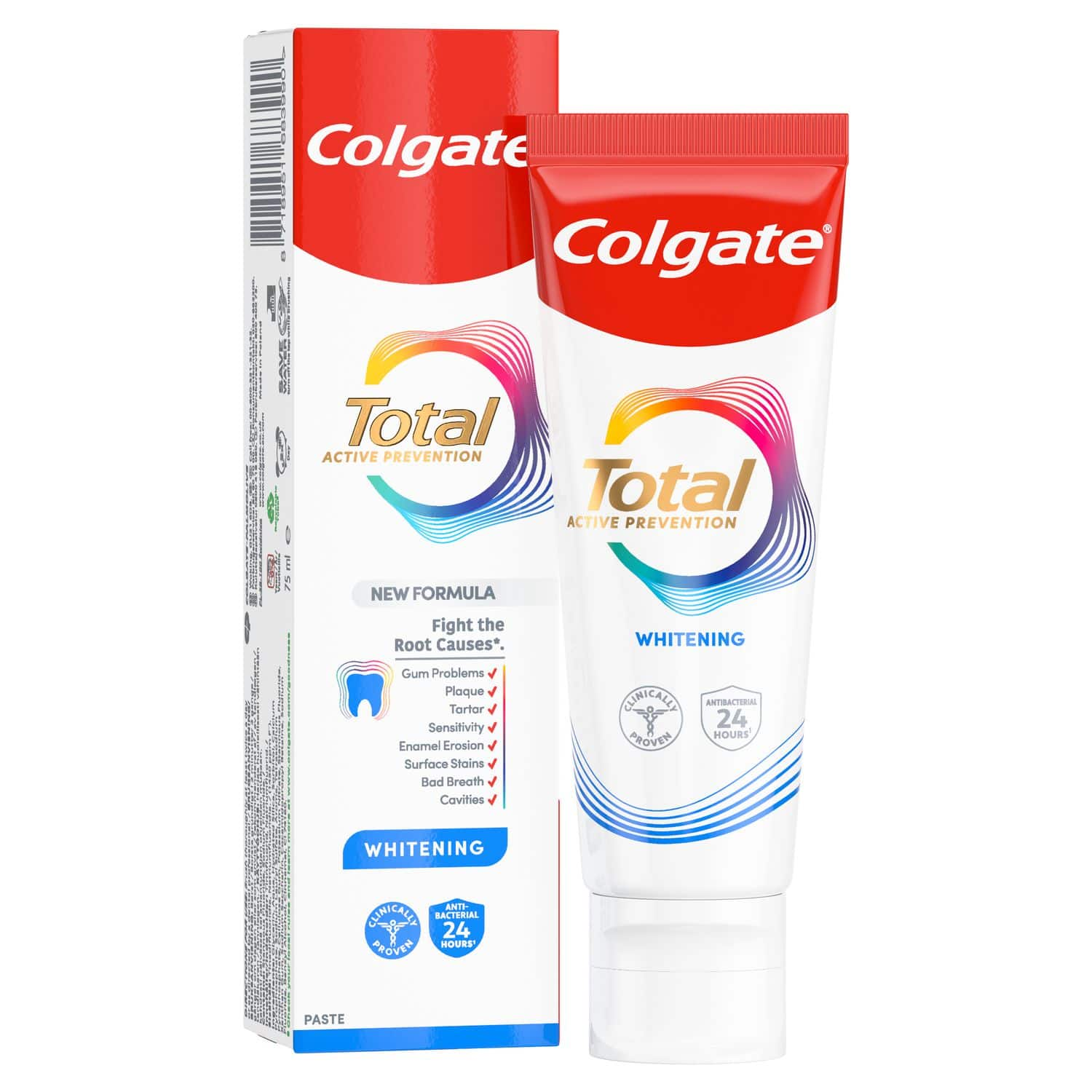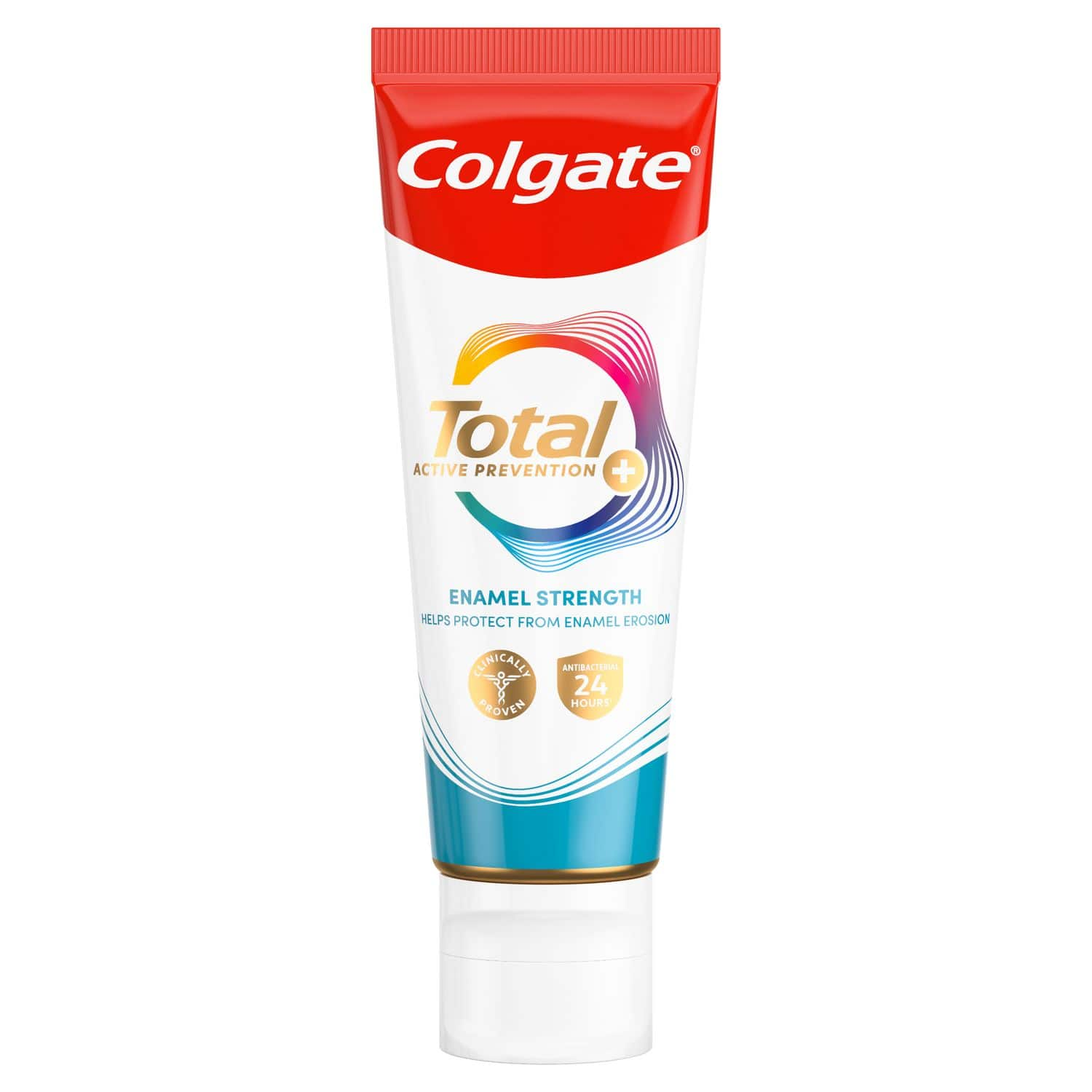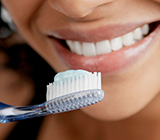What should I know about whitening-strip procedures and active ingredients?
The General Dental Council (GDC) instructs:
- Products containing 0.1% to 6% hydrogen peroxide can't be used on children or teens unless the dentist thinks it's needed to prevent or treat disease.
- However products containing less than 0.1% hydrogen peroxide, including whitening strips, are freely available to buy in the UK.
Know that when you put whitening strips on teeth, you're bleaching teeth stains just as you would apply bleach to a stained garment when washing it. Many non-chlorinated bleaches list hydrogen peroxide as a whitening agent.
Due to UK regulations, commercial whitening strips must contain less than 0.1% hydrogen peroxide concentration. Meanwhile some whitening products list carbamide peroxide or only peroxide as their active ingredients. And though it's an effective bleaching agent (and germ killer) that's typically safe for adults in low concentrations, peroxide in any formulation is still a chemical. That's why there's usually a warning on whitening strips noting that only adults should use the product.
If you want to avoid products containing peroxide, some whitening strips now on the market contain only natural ingredients.
Whatever you use, whitening strips used under a dentist's supervision will lower the risks associated with the strips.
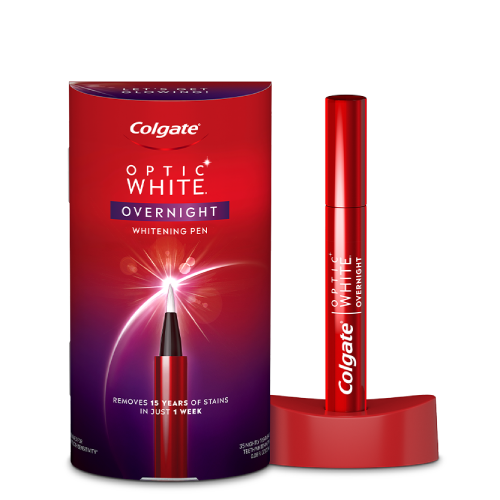

A teeth whitening pen with an enamel safe whitening serum formula designed for no tooth sensitivity.
What are the risks of whitening strips for kids and teens?
Manufacturers of whitening strips assume that adults can be trusted to read instructions, understand risk and use white strips for teeth carefully and properly. So, it's up to you to check the strips' package for potential risks and side effects.
Even the GDC notes that the low concentration of whitening ingredients in over-the-counter products is safe, meaning they won't cause irreversible damage when correctly used. But "correctly" is the key word and without adult supervision, these "user errors" might occur:
- Leaving the strips on for much longer than instructed can lead to significant tooth sensitivity and oral tissue irritation.
- Positioning the strips on the gums can lead to gum irritation and even gingival (gum) damage.
- Accidentally swallowing the strips – after all, kids will be kids.
More serious risks can include burnt gums and damage to tooth enamel, according to the NHS. So, be sure to follow the manufacturer's guidelines and your family dental professional's recommendations. For instance, your dentist might advise the strips remain on for a shorter period of time than the manufacturer advises for adults.
What are alternatives to teeth-whitening strips?
While parents might opt for over-the-counter whitening strips for their convenience and relatively low cost, the GDC’s position is that teeth whitening should only be done in the dental practice on kids if it is to treat or prevent disease. You should therefore talk to your child’s dentist about whether they would qualify for this.
And to maintain a beautiful, unstained smile – or better yet, prevent tooth stains – good oral hygiene and lifestyle choices are essential. Help or advise your dependents to:
- Brush their teeth twice daily at the very least but even after every meal – especially after eating foods that can stain teeth – perhaps with fluoridated, whitening toothpaste.
- Avoid drinks that can stain teeth, such as fizzy drinks for kids and coffee for teens.
We know that while kids are at home, you want to instil in them a healthy sense of self-esteem. And, sometimes, a white smile is necessary for building self-esteem. But it's important to let your children know that if they want whiter teeth, they'll need to do so in accordance with their dentist's recommendations, even if using teeth-whitening strips. And, if they are suggested, you need to know the proper ways and risks of using whitener strips to ensure your kids' mouths remain healthy.
ORAL HEALTH QUIZ
What's behind your smile?
Take our Oral Health assessment to get the most from your oral care routine
ORAL HEALTH QUIZ
What's behind your smile?
Take our Oral Health assessment to get the most from your oral care routine
